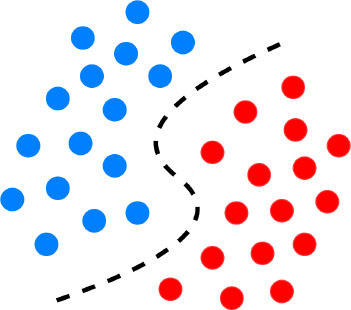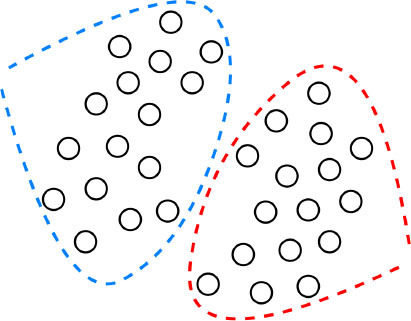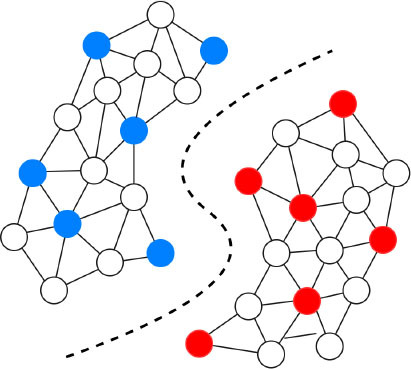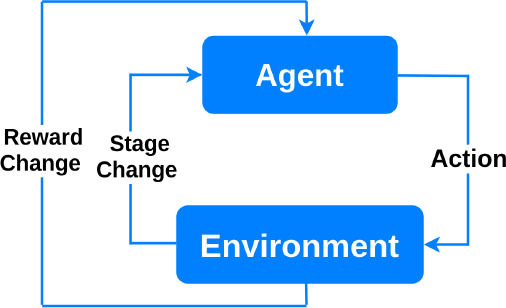Table 1.
Type of learning methods.
| Method | Mechanism | Implementation |
|---|---|---|
Supervised
|
Uses labeled outcome data. The labels are typically assigned by experts in the field prior to model training (20, 21). | Involves tasks such as regression, classification, predictive modeling, survival analysis (22, 23). |
Unsupervised
|
No labeled outcome data. We observe similarities, relationships, and if possible causality among groups and variables (20, 21). | Used for tasks such as dimensionality reduction, clustering, feature extraction (24). |
Semi-supervised
|
The input data contains both labeled and unlabeled outcome data (20, 21). | Labeled data is used to identify specific groups in data and their parameters. These data are then inputted to the algorithm along unlabeled data to explore the boundaries of the parameters (22, 23). |
Reinforcement
|
Based on behavioral psychology. The learning agent interacts with the environment to maximize a reward, and updates its parameters based on the feedback it receives from the choices it makes. The learning stops when the “reward” criteria are met to handle a decision-making function (25). | Can be used in medical imaging analytics and personalized prescription selection. Popular in automated robotics (26). |
